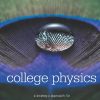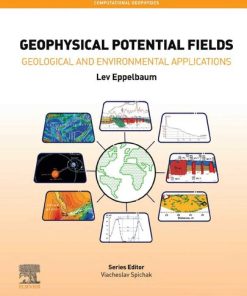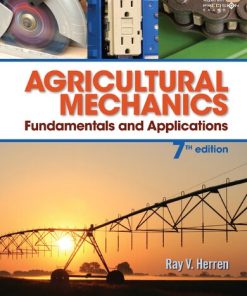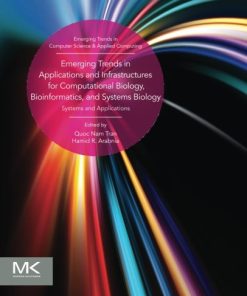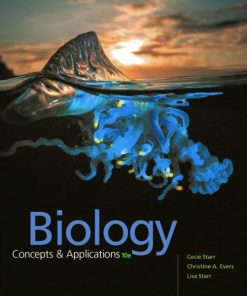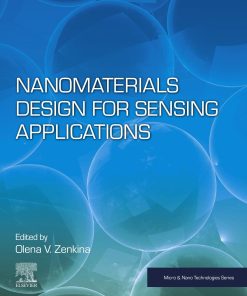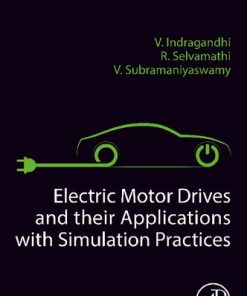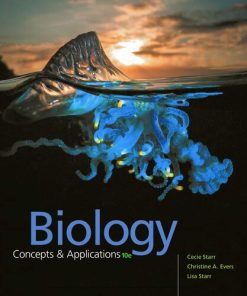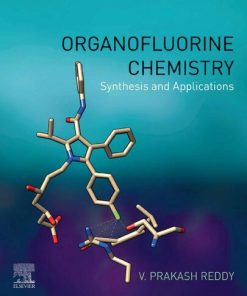(Ebook PDF) Diatom Morphogenesis Diatoms Biology and Applications 1st edition by Vadim Annenkov 1119488192 9781119488194 full chapters
$50.00 Original price was: $50.00.$25.00Current price is: $25.00.
Diatom Morphogenesis (Diatoms: Biology and Applications) 1st edition by Vadim V. Annenkov – Ebook PDF Instant Download/DeliveryISBN: 1119488192, 9781119488194
Full download Diatom Morphogenesis (Diatoms: Biology and Applications) 1st edition after payment
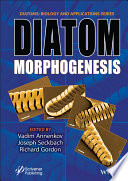
Product details:
ISBN-10 : 1119488192
ISBN-13 : 9781119488194
Author: Vadim V. Annenkov
There are up to 200,000 species of diatoms, each species of these algal cells bearing an ornate, amorphous silica glass shell. The silica is structured at 7 orders of magnitude size range and is thus the most complex multiscalar solid structure known. Recent research is beginning to unravel how a single cell marshals chemical, physical, biochemical, genetic, and cytoskeletal processes to produce these single-cell marvels. The field of diatom nanotechnology is advancing as this understanding matures.
Diatoms have been actively studied over the recent 10-20 years with various modern equipment, experimental and computer simulation approaches, including molecular biology, fluorescence-based methods, electron, confocal, and AFM microscopy. This has resulted in a huge amount of information but the key stages of their silica morphogenesis are still not clear. This is the time to reconsider and consolidate the work performed so far and to understand how we can go ahead.
Diatom Morphogenesis (Diatoms: Biology and Applications) 1st Table of contents:
Part 1 GENERAL ISSUES
1 Introduction for a Tutorial on Diatom Morphology
1.1 Diatoms in Brief
1.2 Tools to Explore Diatom Frustule Morphology
1.3 Diatom Frustule 3D Reconstruction
1.4 Conclusion
Acknowledgements
References
2 The Uncanny Symmetry of Some Diatoms and Not of Others: A Multi-Scale Morphological Characteristic and a Puzzle for Morphogenesis
2.1 Introduction
2.2 Methods
2.3 Results
2.4 Discussion
References
3 On the Size Sequence of Diatoms in Clonal Chains
3.1 Introduction
3.2 Mathematical Analysis of the Size Sequence
3.3 Observations
3.4 Conclusions
Acknowledgements
Appendix 3A L-System for the Generation of the Sequence of Differences in Size Indices of Adjacent Diatoms
Appendix 3B Probability Consideration for Loss of Synchronicity
References
4 Valve Morphogenesis in Amphitetras antediluviana Ehrenberg
4.1 Introduction
4.2 Material and Methods
4.3 Observations
4.4 Conclusion
Acknowledgments
References
Glossary
Part 2 SIMULATION
5 Geometric Models of Concentric and Spiral Areola Patterns of Centric Diatoms
5.1 Introduction
5.2 Set of Common Rules Used in the Models
5.3 Concentric Pattern of Areolae
5.4 Spiral Patterns of Areolae
5.5 Conversion of an Areolae-Based Model Into a Frame-Based Model
5.6 Conclusion
Acknowledgements
References
6 Diatom Pore Arrays’ Periodicities and Symmetries in the Euclidean Plane: Nature Between Perfection and Imperfection
6.1 Introduction
6.2 Materials and Methods
6.3 Results and Discussion
6.4 Conclusion
Acknowledgment
Glossary
References
7 Quantified Ensemble 3D Surface Features Modeled as a Window on Centric Diatom Valve Morphogenesis
7.1 Introduction
7.2 Methods
7.3 Results
7.4 Discussion
7.5 Conclusions
Acknowledgment
References
8 Buckling: A Geometric and Biophysical Multiscale Feature of Centric Diatom Valve Morphogenesis
8.1 Introduction
8.2 Purpose of Study
8.3 Background: Multiscale Diatom Morphogenesis
8.4 Biophysics of Diatom Valve Formation and Buckling
8.5 Geometrical and Biophysical Aspects of Buckling and Valve Formation
8.6 Methods
8.7 Results
8.8 Conclusion
References
9 Are Mantle Profiles of Circular Centric Diatoms a Measure of Buckling Forces During Valve Morphogenesis?
9.1 Introduction
9.2 Methods
9.3 Results
9.4 Discussion
9.5 Conclusion
Acknowledgement
References
Part 3 PHYSIOLOGY, BIOCHEMISTRY AND APPLICATIONS
10 The Effect of the Silica Cell Wall on Diatom Transport and Metabolism
Publications by and about Mark Hildebrand
11 Diatom Plasticity: Trends, Issues, and Applications on Modern and Classical Taxonomy, Eco-Evolutionary Dynamics, and Climate Change
11.1 Introduction
11.2 Model Species: Phaeodactylum tricornutum
11.3 Transformation Mechanisms of P. tricornutum
11.4 Future Advances in the Phenotypic Plasticity on P. tricornutum
11.5 Conclusion
References
12 Frustule Photonics and Light Harvesting Strategies in Diatoms
12.1 Introduction
12.2 Light Spectral Characteristics and Signaling
12.3 Photosynthesis and Photo-Protection in Diatoms
12.4 Frustule Photonics Related to Diatom Photobiology
12.5 Frustule Photonics in Light of Niche Differentiation
12.6 Conclusion
References
13 Steps of Silicic Acid Transformation to Siliceous Frustules: Main Hypotheses and Discoveries
13.1 Introduction
13.2 Penetration of the Boundary Layer: The Diatom as an Antenna for Silica
13.3 Getting Past the Cloud of Extracellular Material
13.4 Adsorption of Silica Onto the Outer Organic Coat of the Diatom
13.5 Getting Past the Silica Frustule or Through Its Pores
13.6 Getting Past the Inner Organic Coat, the Diatotepum
13.7 Transport of Silica Across the Cell Membrane
13.8 Cytoplasm Storage and Trafficking of Silica to the Places of Synthesis of the Frustule Parts
13.9 Transport and Patterning of Silica Across the Silicalemma
13.10 Precipitation and Morphogenesis of the Nascent Valve Within the Silicalemma
13.11 Thickening of the Valve Within the Silicalemma
13.12 Exteriorization of the Valve
13.13 Future Work Needed
13.14 Conclusion
References
14 The Effects of Cytoskeletal Inhibitors on Diatom Valve Morphogenesis
14.1 Introduction
14.2 Cytoskeleton and Its Role in Cell Morphogenesis
14.3 Abnormalities of Diatom Valve Morphogenesis Induced by Cytoskeleton Inhibitors
14.4 Conclusion
Acknowledgment
References
15 Modeling Silicon Pools in Diatoms Using the Chemistry Toolbox
15.1 Diatoms
15.2 “Silicon Pools” Biology
15.3 Silica Particle Formation From Silicic Acid
15.4 Stabilization of “Soluble” Silica Species (Monosilicic and Disilicic Acids)
15.5 Chemical Mechanisms
15.6 Conclusions/Perspectives
Acknowledgments
References
16 The Mesopores of Raphid Pennate Diatoms: Toward Natural Controllable Anisotropic Mesoporous Silica Microparticles
16.1 Introduction
16.2 Morphology and Very Fine Ultrastructure of Diatom Frustules
16.3 Synthetic Mesoporous Silica
16.4 The Potential of Raphid Pennates’ Mesoporous Bio-Silica, Similarities, and Dissimilarities Compared With Synthetic MSM/Ns
16.5 Our Ability to Control the Diatom Frustule’s Ultrastructure
16.6 Conclusion
People also search for Diatom Morphogenesis (Diatoms: Biology and Applications) 1st:
diatoms method of locomotion
how does morphogenesis occur
diatom morphology
diatom model
diatom movement
Tags:
Vadim Annenkov,Diatom Morphogenesis,Diatoms,Biology,Applications
You may also like…
Uncategorized
Geophysical potential fields: geological and environmental applications 1st Edition Lev V. Eppelbaum
Science (General)
Biology and other natural sciences - Plants: Agriculture and Forestry
Computers - Networking
Biology and other natural sciences - Biology
Biology: Concepts and Applications 10th Edition by Cecie Starr 9798214338392
Engineering - Automotive
Biology and other natural sciences - Biology
Chemistry - Organic Chemistry



